What’s the difference between Letterpress, Offset and Screen Printing?
Printing is the process of reproducing text and images using a master form, layout or template.
Commercial: There are three printing markets: This printer commonly prints an array of merchandise; from business cards, to flyers, to magazines. Some commercial vendors are print-style specific, so they may only print to those wanting direct mail.
Packaging: This type of printer focuses on producing all sorts of packaging, like containers, boxes, bags and labels.
Publication: Used for newspapers, books, and other types of publications.
There are nine primary types of printing techniques, namely:
– Offset lithography: commonly used for books, newspapers, and stationery
– Engraving: commonly used for fine stationery
– Thermography: used for raised printing
– Reprographics: used for copying and duplicating
– Digital printing: still limited in use, but the technology is fast-rising
– Letterpress: the classic Guttenberg process
– Screen: commonly used for shirts and billboards
– Flexography: commonly used in packaging like labels on cans and boxes
– Gravure: commonly used for huge orders of magazines and catalogues
Out of these printing techniques, the most popular and well-used are Letterpress, Offset and Screen printing. Read more to find out why these are the most popular in the print industry.
Letterpress Printing
Letterpress is the oldest printing technique. In this method, a surface area with elevated letters is inked and hard-pressed to the top of the printing substrate to recreate a text or an image in reverse. To produce an impression, letterpress printers had to construct individual letters and characters into a “forme”, secure them into a printing chase, and ink the type using a roller. A sheet of paper is placed over the inked type and slid beneath the press. A subtle pressure or force is then exerted by manually securing the screw. The ink will soon be migrated from the type (metal or wood) to the paper.
Letterpress Printing Example:
Offset Printing
Offset printing was known earlier as lithography.
Lithography generally used a big, flat stone treated with a water-retaining (hydrophilic) compound that withstood ink. The ink then stuck to the surface, and a text or image print could be drawn from hard pressing a paper to the stone.
Contemporary offset printing makes use of similar key points, but the image is produced on a plate mounted on a cylinder. Print rollers apply ink to the cylinders, which transfer the ink to “blankets” or rubber rollers, which will then set the image on a paper.
Unlike traditional lithography, where the ink goes straight from the stone or plate to paper, modern offset printing literally “offsets” the ink from the plate to the blanket to paper.
These days offset printing is considered the most commonly used method for a variety of print products like books, magazines, stationery, corrugated board, and posters.
Offset Printing Example:
Screen Printing
Screen printing is a form of stenciling. It’s a technique whereby mesh is used to transfer printer ink on top of a substrate, except in areas designed impermeable to the ink by an obstructing stencil.
A squeegee is moved throughout the screen to the stuff the unobstructed mesh with ink. An invert stroke then triggers the screen to have a brief contact with the substrate. This makes the ink moisten the substrate and be removed out of the apertures as the screen coils back after the squeegee has passed.
Screen printing is also referred to as serigraphy, silkscreen or serigraph printing. One shade is imprinted at a time. Several screens are used to create a multicolored graphic or design.
Screen printing is much more flexible than conventional printing techniques. The top surface does not need hard pressure, which is distinctive from etching or lithography.
Screen Printing Example:
Source: https://creativemarket.com/blog/2016/02/17/whats-the-difference-between-letterpress-offset-and-screen-printing?utm_source=cm-weekly-blog-digest&utm_medium=email&utm_campaign=wbd-02-23-16
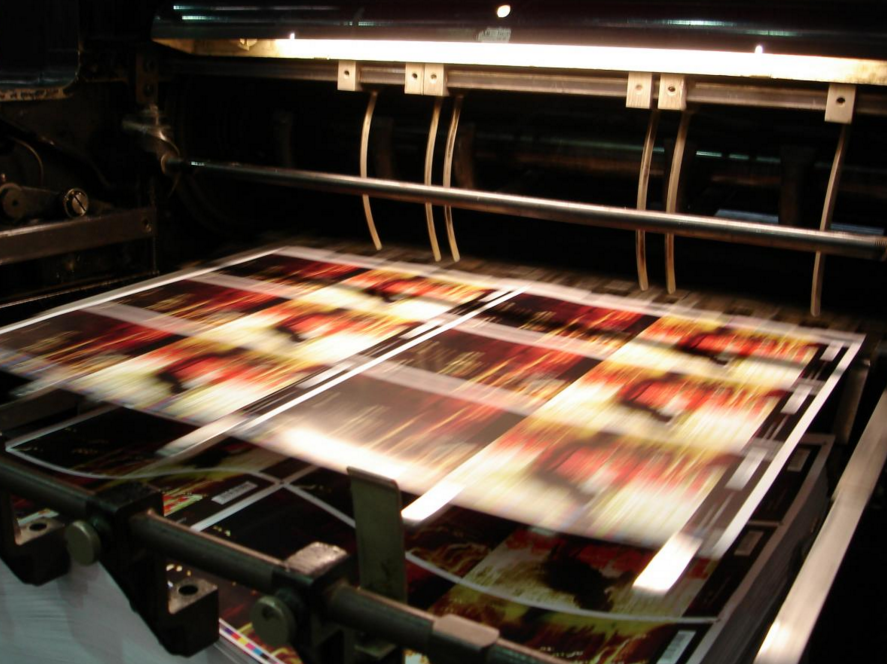
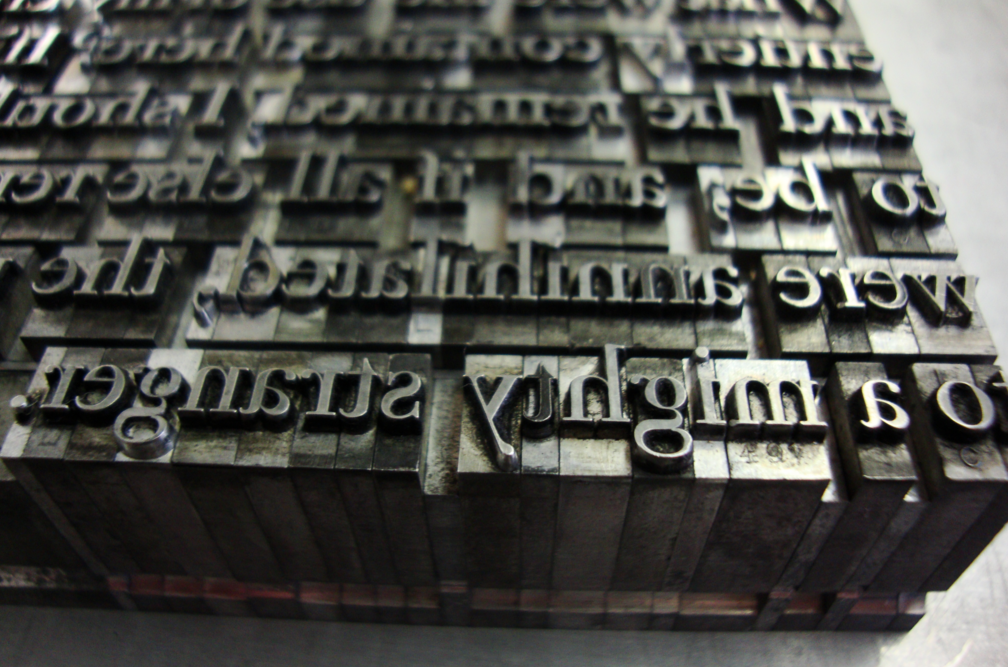
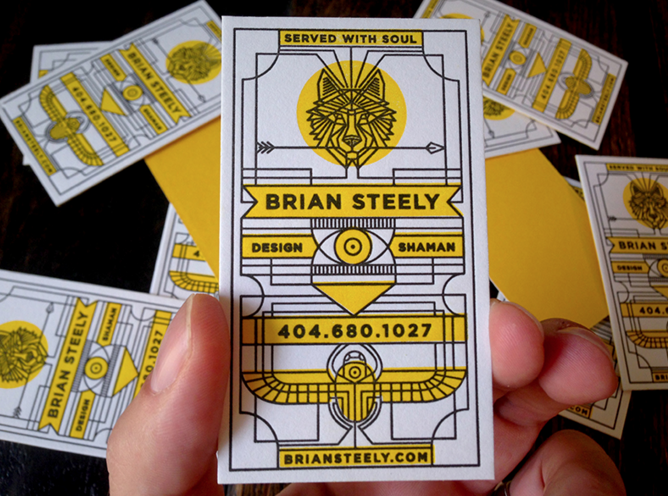
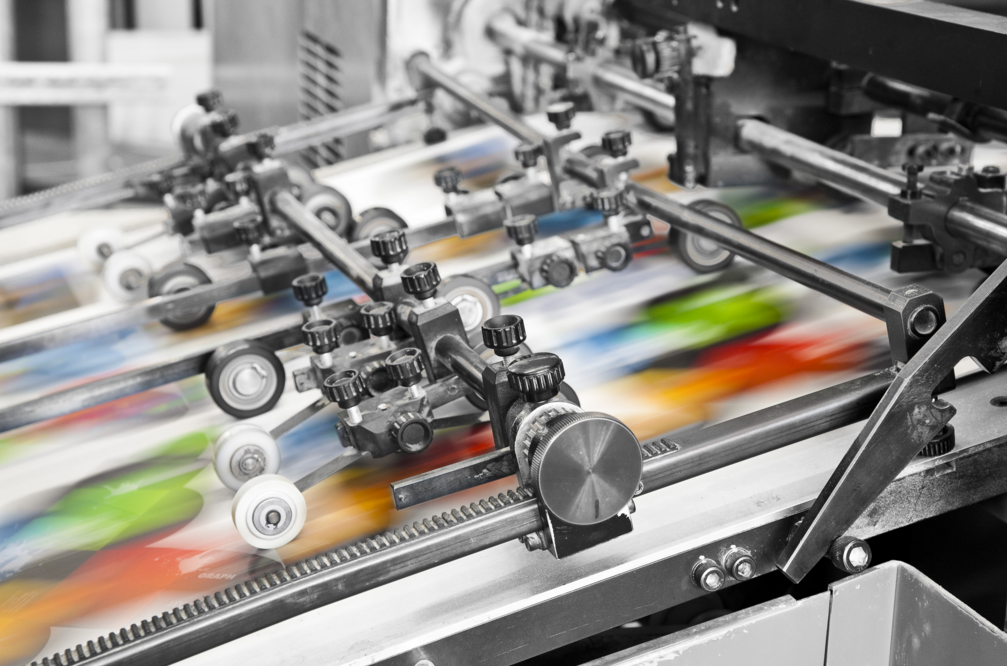


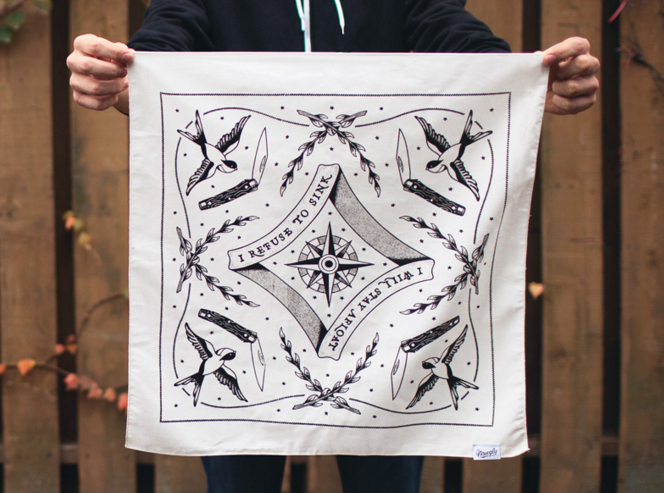

Great Article !! The difference between both the printing machines are very nicely explained.
Good article Author. It’s easy to understand and also informative. Thank you for sharing this valuable article.
Thank you for sharing this wonderful article. It’s really informative and helpful.
Amazing post and very informative.The differences are explained pretty nicely and in detail.
Thanks for sharing it’s really amazing post <3
Comments are closed.